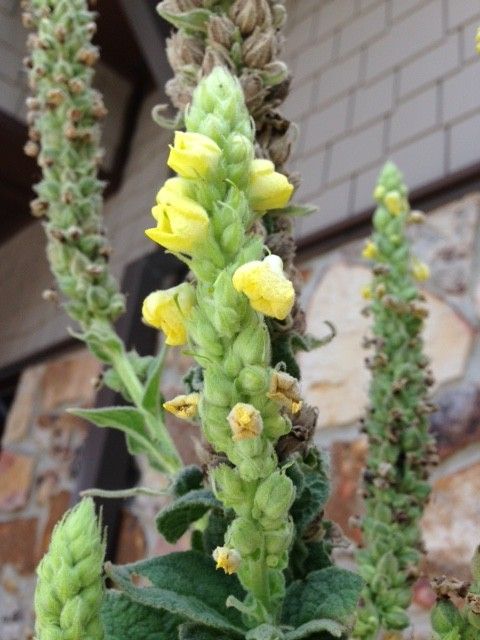
Many garden plants are already setting seed, which come in infinite shapes, sizes and textures. Want to know when to harvest? What to leave and for how long? What to remove right away? Though there are many books written on the subject of seed saving, here are some seeds, as well as a few berries and flowers you might be seeing now in your garden that are ready to gather–or just admire. Here are just a few that I’ve been visiting today…
Cilantro & Coriander, Herb of the Year 2017, has long finished producing leaf and bolted with the hot weather. After flowering and making seed, I allow the seeds to dry on the stem and then harvest them when they are golden brown.
This coriander seed from the cilantro plant is ready to harvest now–if left any longer it will drop and resow itself once the weather cools a bit–which is all right too. Most gardeners like volunteer plants, however, they are often not exactly in the place you might want them to be.
Once cleaned–seeds removed from stems and chaff and leaves removed–and thoroughly dried, store seeds in labeled, glass jars in a cool place, out of sunlight. If you have room, many folks keep them in the fridge. I use these seeds in baked goods and confections as well as many savory spice blends.
Most seeds should not be harvested green–wait until they mature. Seeds might be brown or black, white or multi-colored when mature. However, pay attention because if you wait too long, ripe seeds will burst from the pod and or shatter on their own. I cut the seed umbels from dill and fennel when they change from green to light brown and cream and hang them to dry. Beware of seeds from chives and garlic chives since they will drop seed and become a thick, unruly mass of plants, I cut them back as soon as they flower.
The bright red and green showy amaranth flower heads are full of tiny seeds. In many countries around the globe, these seeds have been harvested and used for food for centuries; the seeds are threshed and ground into flour and made into a sort of gruel or bread. Nowadays the seeds are used whole in everything from granola to baked goods.
Elderberries, which are actually fruits with large seeds inside, have finished flowering and are forming the green fruits (these are not safe to eat in the green form). Soon the berries will turn a deep purple-black and once all of the seeds have turned from green, harvest immediately–before the birds beat you to them! I make shrub, syrup, cordial and jelly from my elderberries and freeze any extras that I can’t process immediately.
The tall mullein spikes can be seen in gardens, pastures and along roadsides. While we don’t eat them, the tiny yellow flowers can be used medicinally. I infuse them in oil and use it to relieve the pain of earaches. This is also the time that I gather the yellow blooms from Hypericum flowers to make St. Johns-wort oil.
Sumac berries are quite sour and somewhat lemonlike and they make a pretty and tasty tart pink drink. I prepare this by mashing them a bit in a nonreactive saucepan, covering them with water and simmering them for about 5 minutes and let them infuse until the liquid is a nice pink color. Sweeten lightly with honey, maple syrup or sugar and serve hot or cold.
Although I don’t eat milkweed, I grow it for the pollinators and I enjoy the flowers and large seed pods–and most of all when they open and each seed is attachment to a downy white fluff. I like to show kids how they can be scattered by a gentle breeze. They seem magical and the dried seed pods should be placed around the garden as they make great beds for fairies–with or without the down.
Get out in your garden and nature and see what seeds and berries are in your backyard!

























Comments
Log in or create an account to post a comment.
Sign up Log in